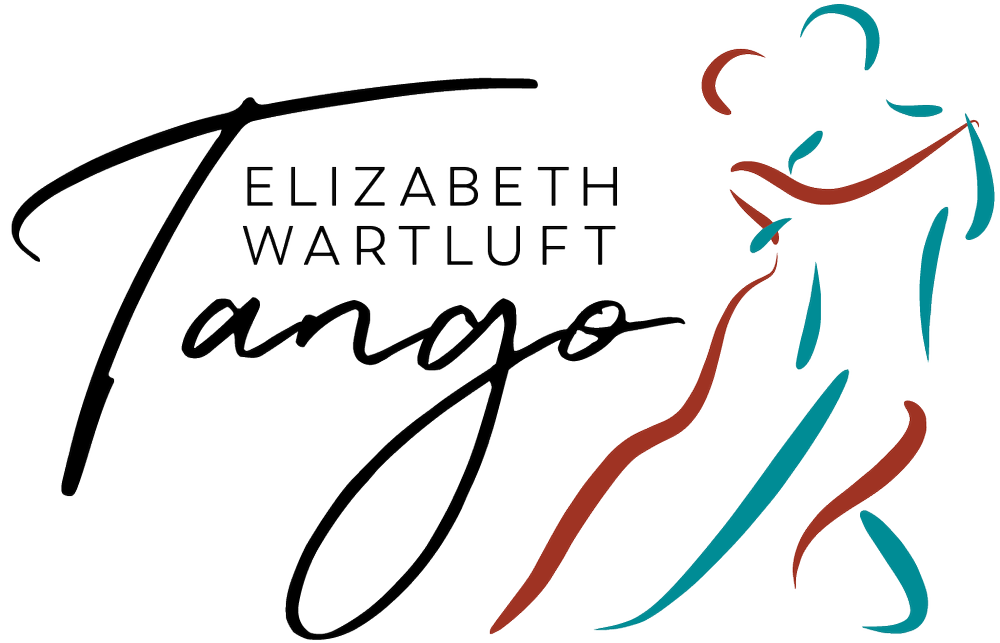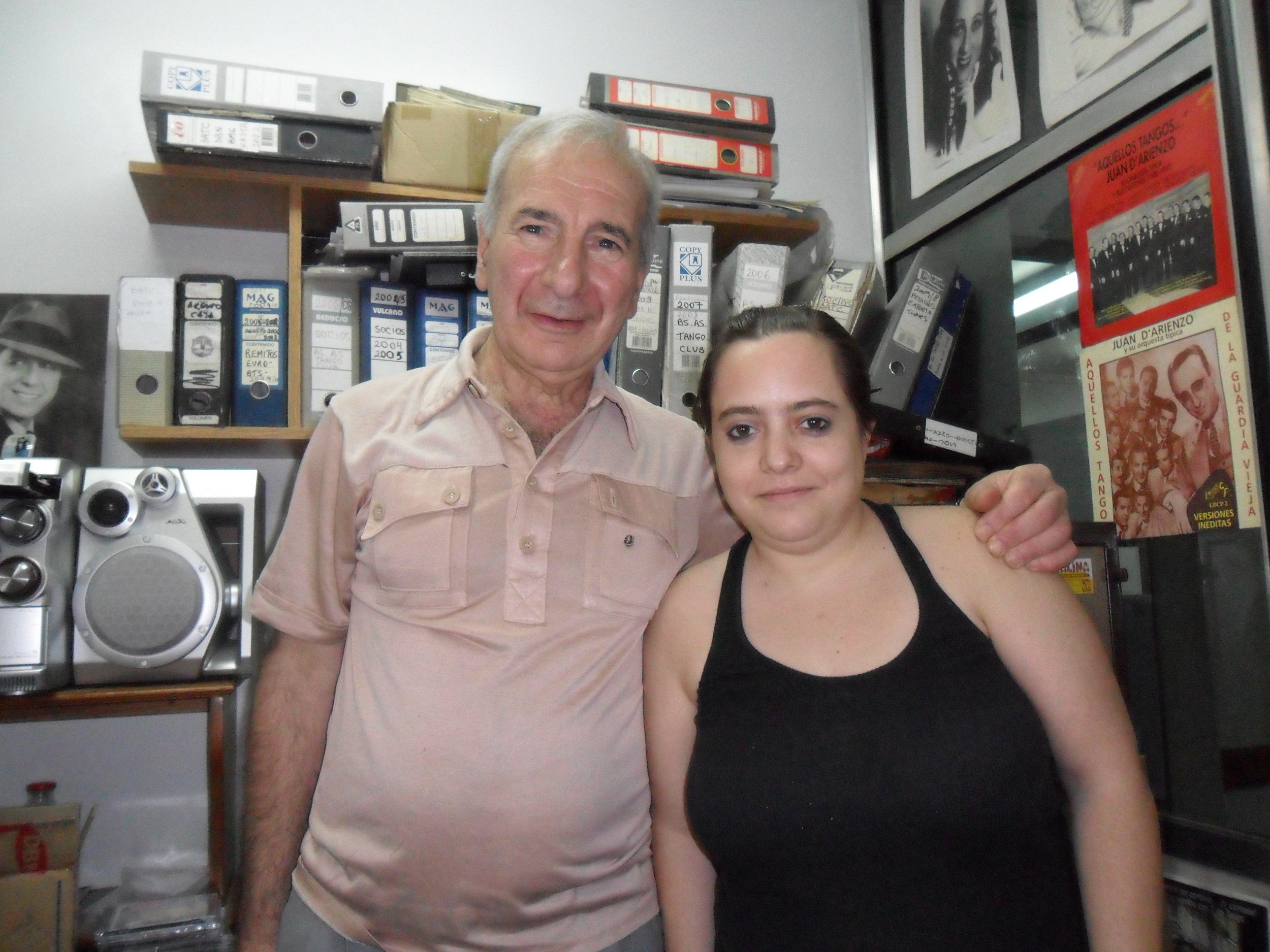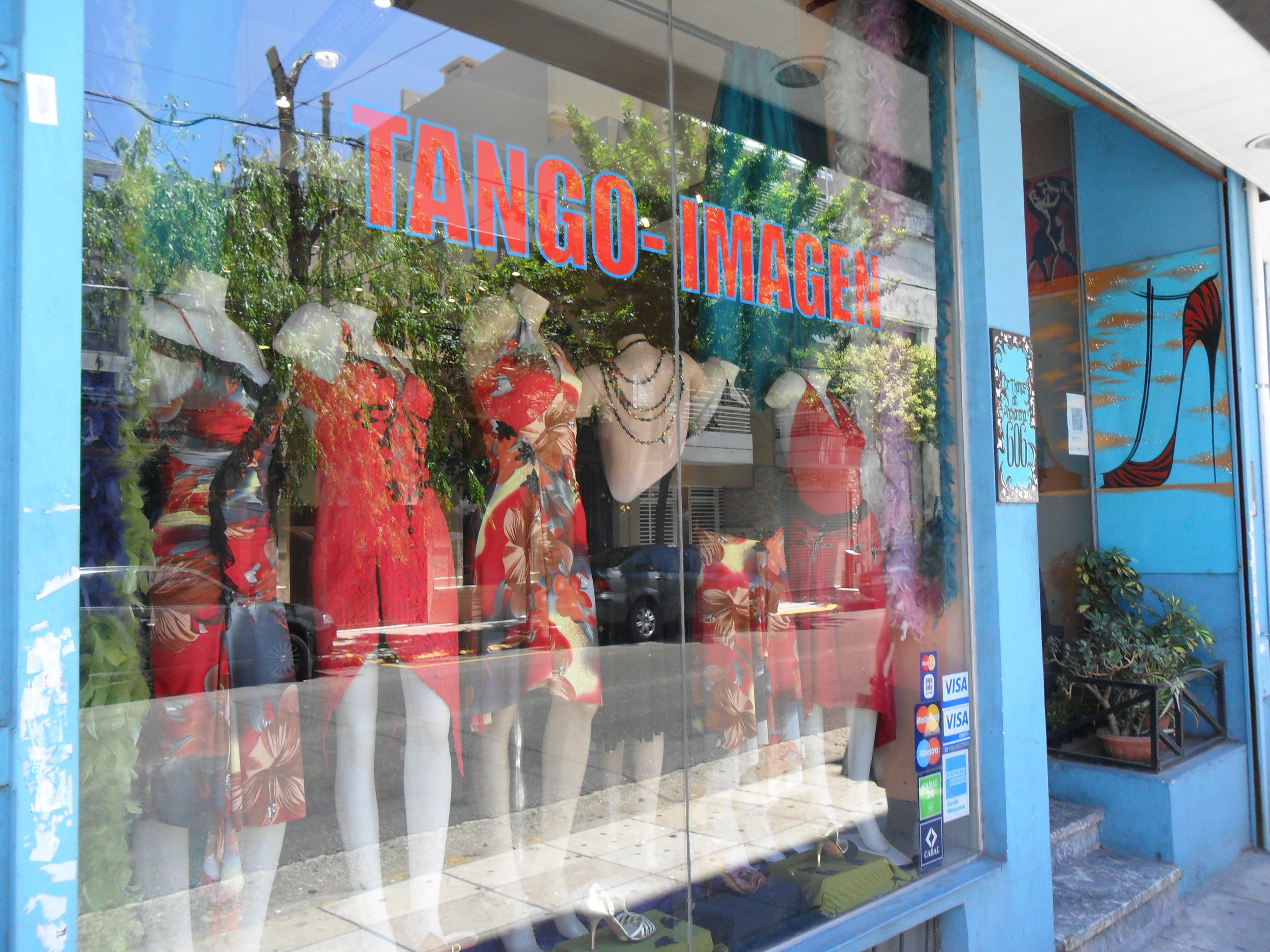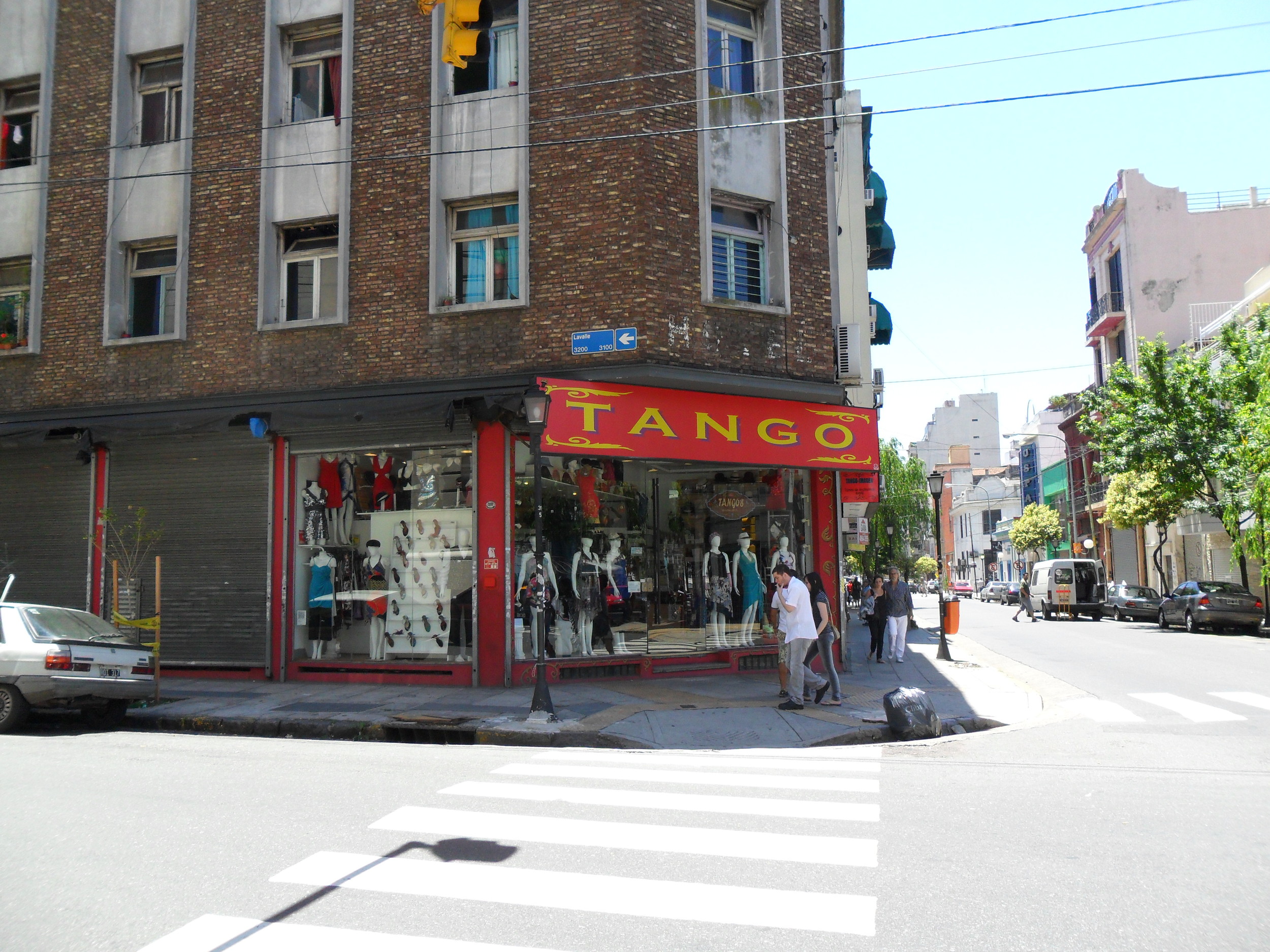Body Dynamics, 7 PM Mondays
Body Dynamics is my hardcore tango technique class. We do stretches that I learned from Georgina Vargas that are specific to tango. Then, we do drills to improve footwork, balance, pivoting, contrabody use, adornos, etc. After that, we work on a particular step, picking it apart and finding all the pertinent details--and then we work some more! The first session I offered this class, it was almost completely female in attendance, but last week, we reached a new record: more men than women! After all, everyone wants to dance a dynamic tango, don't they?
The most rewarding part of teaching this class, is to see my students rapidly improve in both flexibility and technique. One student told me that he had recently danced for two hours without pain. Before taking the class for the past five weeks, he had considered stopping dancing because of pain levels. Another student told me that, suddenly, much more advanced dancers have been inviting her to dance. Another student, on his second six-week session, is now able to do almost all the stretches without modifications; he no longer needs to sit on pillows to make up for lack of hamstring stretch. Each week, I look around and feel amazed at the quick progress I see around me.
Why am I teaching a tango class where people lie on the floor and stretch? When I went to Buenos Aires in November, Georgina Vargas convinced me to try her stretches. I was skeptical, and I wanted to get on with my tango lessons, but I have found that Georgina's ideas are usually right, so I got down to work. On the nights that I stretched before dancing, I had about 1.5 hours more of good technique out on the dance floor, compared to the nights I didn't stretch. That was too much of a different to ignore; as usual, Georgie was right! When I stretched before my private lesson, I got a lot more work done in less time because my body was ready for it. I decided to teach her stretches and drills in a separate class, incorporating my anatomy studies and other dance training in as well.
Topics for the next session
This next session, we will work on dancing at various speeds, as well as dancing different sizes of steps. Milonga requires you to move very efficiently in small spaces, with very little time to make those steps look elegant. How you you ornament in milonga? How do you dance well in small steps, without losing your style? Come find out.
I often find that by studying opposites, we arrive at a better understanding of both things. Therefore, the other focus this session will be on taking BIG steps. How do you dance in close embrace (or open) in a lithe, sensual, elastic manner? Training your body to dance well with big steps also allows you to have better technique with regular steps, while encouraging your to develop better muscular strength and control.
I promise, promise, promise that we will include adornos, large and small; for leaders and followers. This past session, I had hoped to get to them, but all the great work we did on off- and on-axis moves/preparation took up all the time.
Om Movement Studio is located at 14 NE 10th Ave., between Burnside and Couch. It is one block from Norse Hall, and right off the bus line. There is limited bike parking. Class is $60/6 weeks, or $12 drop in. If taken in conjunction with the 8 PM Advanced class, the price is both classes for $90.
Take it to the next level: Advanced class at 8 PM
I started this class in order to share the technique of Oscar Mandagaran and Georgina Vargas with the Portland community, but it has expanded to include other bits of technique I've studied as well since 1995 when I started dancing tango.
After you've danced tango for a while, you are ready to really dig in and deepen your understanding of the dance. You want all that hard work to show in an elastic, powerful, panther-like way. In this class, I encourage you to bite off chunks of new vocabulary, new technique, new ways of moving--and meld it into your own style. I hope that, when class is over, each week you will have something new to take to the dance floor with you; something that makes your dance have an edge.
The main focus definitely is body-based technique. My motto is, "No pain, no pain." Tango is not supposed to be painful! The technique I teach works on finding balance and movement efficiently, so that energy is available for moving dynamically. Feet shouldn't hurt; backs should not feel tight; the body should feel balanced and supple to dance your best. There are many styles of tango, but I have chosen the one that I believe is best for the body AND the most elegant because of that.
Topics for this session
This past session, we have worked on shared-axis turns, colgadas and volcadas. Although we will come back to that work, this next session will have a different focus: advanced work in milonga and vals. I have been teaching milonga and vals classes in my lower-level classes, but it's been a while since we've tackled them in the advanced class.
Each week, we'll work on a combination that challenges technique and musicality; we will make sure we can do it in the line-of-dance, and then we'll pick it apart and modify it with each dancer's own dance vocabulary and style. In other words, I'd like everyone to walk out of this class with a better understanding of both dances, but with their own way of dancing.
This class will build on the technique work of the 7 PM class, and I urge you to consider taking both classes to get the most out of your own technique. However, it is not a prerequisite, and I know some of you are adverse to stretching :-)
Class is $60/6 weeks, or $90/both 7 and 8 PM classes. Drop in is $12/class. Om Movement Studio is located at 14 NE 10th Ave., between Burnside and Couch. It is one block from Norse Hall, and right off the bus line. There is limited bike parking.










